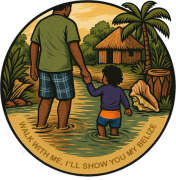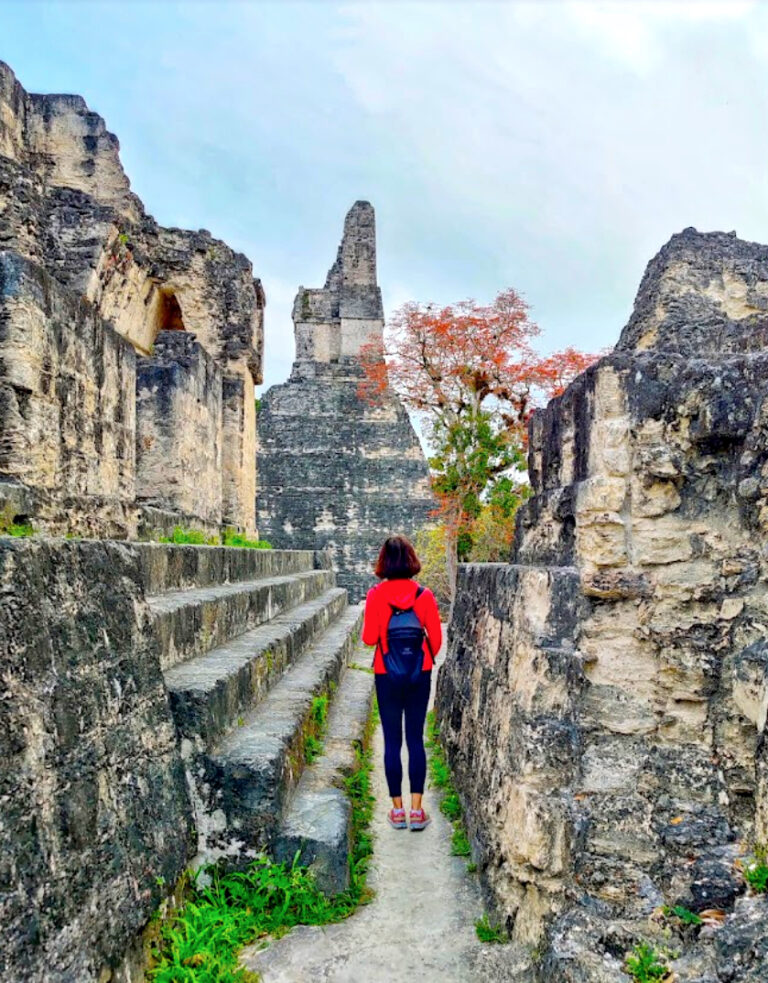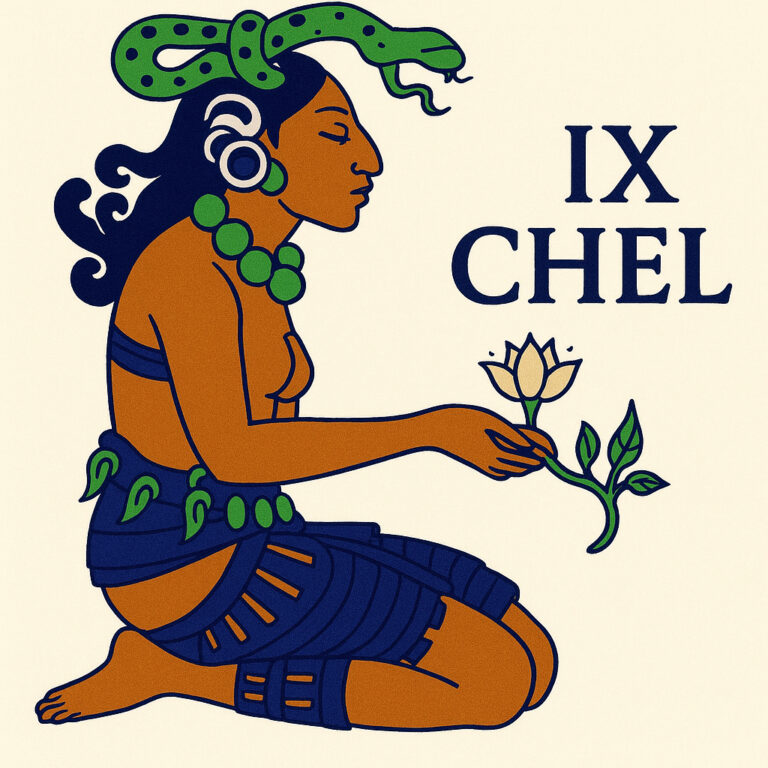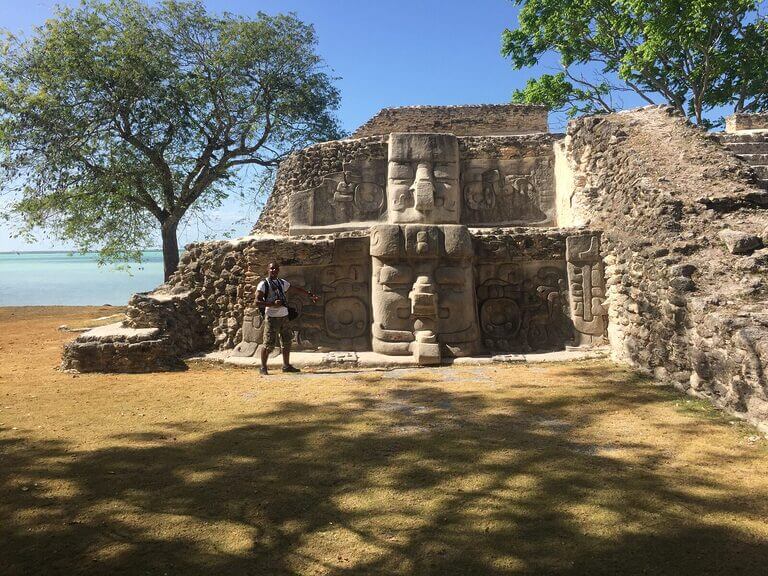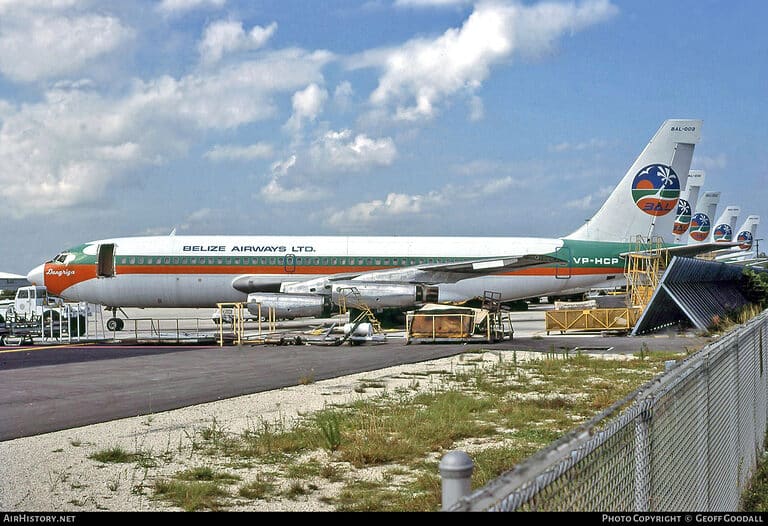A Belize-Centered Maya Timeline — History, Heritage & The Caves
Understanding Belize’s Maya civilization is more than dates and ruins — it’s a living story, one that includes my own ancestors who lived side by side with Maya communities into the 1800s, peacefully sharing land and culture. It also includes the incredible network of caves that were vital to Maya religious life and Belizean heritage.
Here’s a timeline highlighting key moments in Maya history focused on Belize, enriched by that personal connection and the importance of caves through the ages.
| Year (BCE/CE) | Maya Civilization Milestone & Belize Ruins | Context & Personal Insight |
|---|---|---|
| ~2000 BCE | Early Maya agricultural settlements begin. | The roots of Maya culture take hold in Belize’s fertile lands. |
| ~1000 BCE | Early ceremonial centers develop, including Cahal Pech. | These early sites mark the start of complex societies. |
| ~250 CE | Classic Period begins; major cities like Altun Ha and Xunantunich flourish. | Ancient Maya achievements set foundations still admired today. |
| ~600 CE | Caracol reaches its peak population (~150,000); great pyramids built. | As Caracol thrived, my ancestors lived nearby, sharing the landscape with Maya neighbors peacefully. |
| ~700 CE | Elaborate palaces and temples at sites like Lamanai constructed. | Lamanai’s long occupation reflects cultural endurance and adaptation. |
| ~800–900 CE | Classic Maya Collapse in southern cities; northern centers remain active. | Despite upheavals, Maya culture persisted, influencing Belizean identity. |
| ~800 CE – Present | Use of caves for Maya rituals and ceremonies becomes well established. Belize hosts an estimated 2,000 to 3,000 caves, many serving as sacred sites with altars, artifacts, and burials. | The caves were spiritual gateways and remain vital to cultural identity today. |
| ~900–1000 CE | Northern sites like Chichen Itza gain prominence. | Maya civilization’s evolution continued beyond Belize’s borders. |
| 1492 CE | Spanish explorers arrive in the Americas; colonial disruption begins. | The arrival marked new challenges, yet many Maya communities in Belize maintained traditions. |
| 1600s CE | Spanish colonization impacts Maya and local communities in Belize. | My ancestors coexisted with Maya peoples during these times of change. |
| 1800s CE | Maya villages and non-Maya families live side by side peacefully. | This peaceful coexistence is part of my family’s story, embodying Belize’s cultural integration. |
| 1981 CE | Belize gains independence, honoring its Maya heritage and multicultural identity. | Today, Belizeans celebrate a shared past that unites us all. |
| Present Day | Maya languages, rituals, communities, and sacred caves continue thriving in Belize. | My guideship shares this living heritage with visitors every day. |
Featured Maya Ruins in Belize with Approximate Dates
- Cahal Pech (~1000 BCE – 800 CE): One of Belize’s oldest sites near San Ignacio, featuring early ceremonial structures and elite residences.
- Altun Ha (~200 BCE – 900 CE): A major trade center north of Belize City, famous for the Jade Head artifact.
- Xunantunich (~600 – 900 CE): Known for its large pyramid “El Castillo,” overlooking the Mopan River valley.
- Caracol (~400 BCE – 900 CE): Belize’s largest Maya site with vast urban sprawl and the towering Caana pyramid.
- Lamanai (~1500 BCE – 1700 CE): Continuously inhabited longer than most sites, famous for its temples and rich colonial history.
Bonus Fact: BC/AD vs. BCE/CE in Belize
In Belize, schools and cultural contexts traditionally use the BC (Before Christ) and AD (Anno Domini) system for historical dates. Many visitors from the U.S. and other countries are familiar with these terms.
However, in international academic and archaeological research, the BCE (Before Common Era) and CE (Common Era) system is often used as a secular alternative. Both systems refer to the same time periods.
Understanding this difference offers a small but meaningful insight into Belize’s educational traditions and global cultural connections.
For more interesting facts about Belize, visit my full guide on Facts About Belize.
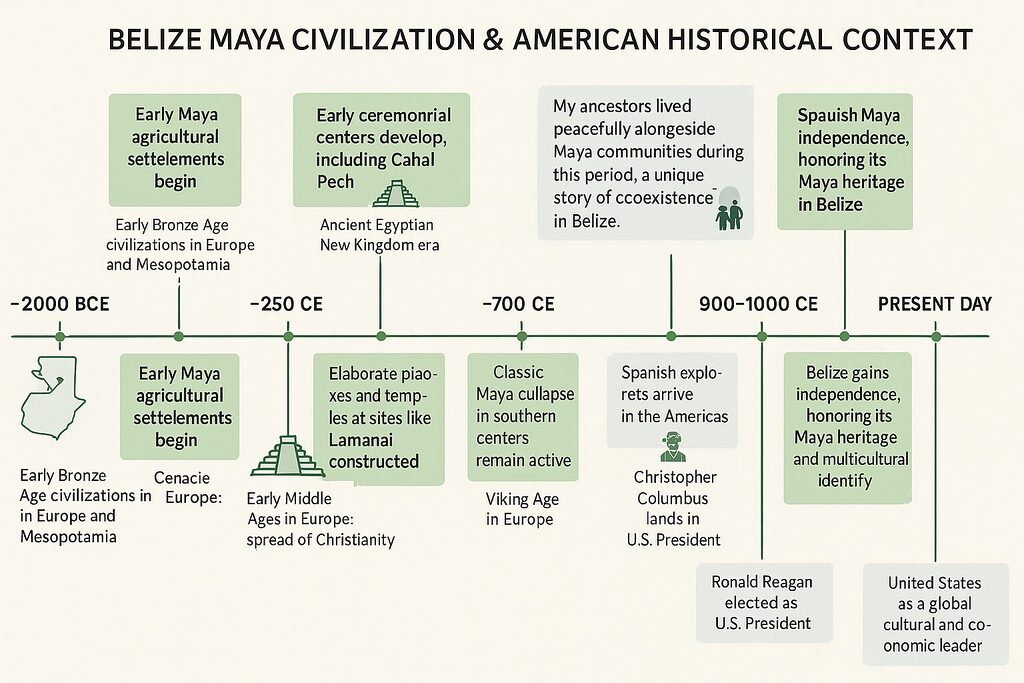
Explore Belize’s Living Maya Heritage with Alvin
Join me on a journey through time and culture. Walk ancient paths, climb majestic pyramids, explore sacred caves, and hear the stories that connect past and present in Belize’s vibrant Maya communities.
